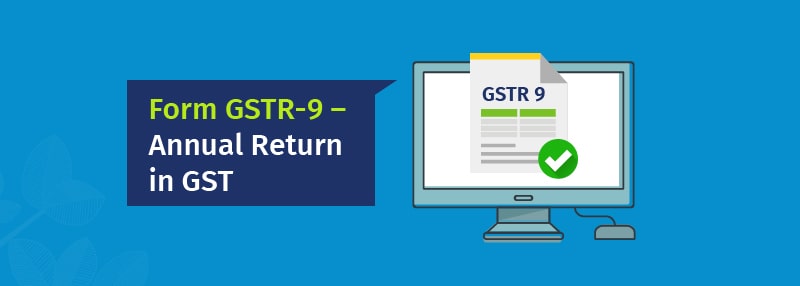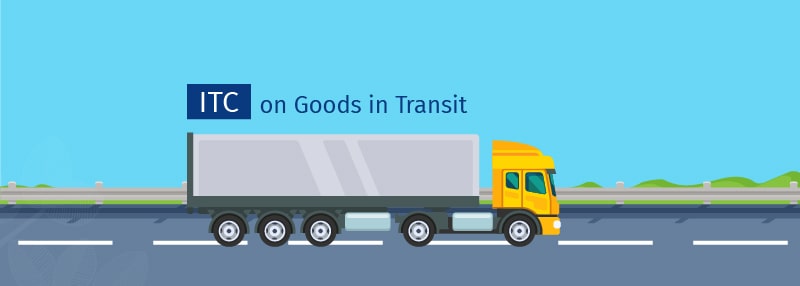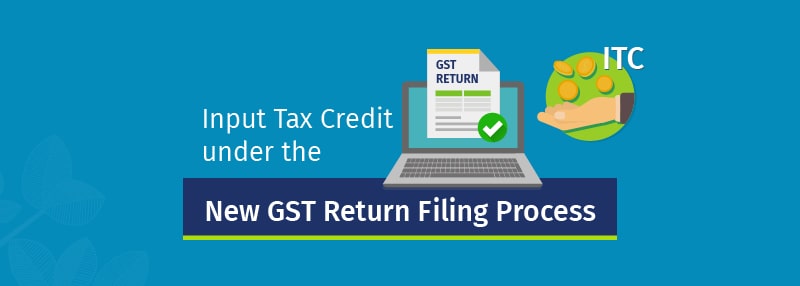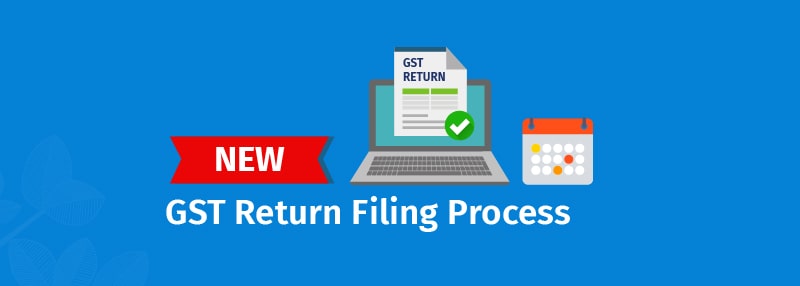The new GST quarterly returns are meant for the small businesses in India. It is an initiative by the GST Council to ease compliance procedures for such businesses. In this article, let us understand the key features of the new GST quarterly returns.
Who can file GST quarterly returns?
Persons whose turnover is up to Rs. 5 Crores in the last financial year can file quarterly returns.
Can a small business opt to file the monthly return instead of quarterly return?
A person whose turnover is up to Rs. 5 Crores has an option to file the monthly or quarterly returns. This choice will be taken from taxpayers at the beginning of a year. If the taxpayer wants to change from filing quarterly returns to monthly returns during a year, it can be done once during a year, at the beginning of a quarter.
How are quarterly returns different from monthly returns?
Quarterly returns will be simpler than monthly returns. The following details will not be required to be given in quarterly returns:
- a. Missing and pending invoices
Missing invoices are the invoices which a taxpayer’s suppliers have missed uploading. Pending invoices are invoices which have been uploaded by the supplier but for which any of the following three situations exist:
- The supply has not been received by the recipient
- The recipient is of the view that the invoices requires amendment
- The recipient is not able to decide whether to take input tax credit on the invoice for the time being
A person filing quarterly returns will not be able to report missing and pending invoices. The GST Council has decided to omit these details from quarterly returns assuming that small businesses will deal with few known suppliers and situations of missing and pending invoices will not arise. However, in case a business requires the facility to report missing and pending invoices, they can opt to file the monthly returns.
- b. Non-GST supplies, exempted supplies, etc. which do not create any liability.
- c. Input tax credit on capital goods
However, persons filing quarterly returns will need to fill details of non-GST supplies, exempted supplies and input tax credit on capital goods in the Annual return.
What are the types of quarterly returns?
There will be 3 types of quarterly returns. Taxpayers can file the return which is applicable to them. The types of quarterly returns are:
a. Sahaj
Persons making purchases only from suppliers in India and supplying only to consumers or unregistered persons (B2C) in India can file the Sahaj return.
b. Sugam
Persons making purchases only from suppliers in India and supplying to both registered businesses as well as consumers or unregistered businesses (B2B + B2C) in India can file the Sugam return.
c. Quarterly return
Persons who make imports or exports, in addition to domestic purchases and supplies, can file the quarterly return.
How will the GST return filing procedure be?
The entire process of return filing will be simplified for all taxpayers. You can learn more about the new GST return filing procedure in our blog ‘New GST return filing process- A quick guide’.
Should tax be paid on quarterly basis also?
No, persons filing quarterly returns will need to pay tax on monthly basis. This will be done through a payment declaration form. In the payment declaration form, the taxpayer’s liability based on invoices uploaded will be shown. Similarly, input tax credit based on invoices uploaded by the taxpayer’s suppliers will be shown. Accordingly, the taxpayer can pay tax for each month. The benefit of payment declaration form is that it is not a return and minor mistakes made will not lead to legal action. This will again ensure that small businesses don’t have to pay additional penalties for minor mistakes made in the payment declaration form.
What happens if tax is not paid on monthly basis?
A taxpayer will be liable to pay interest for late payment of the tax due for each month.
Hence, the new GST quarterly returns are aimed at simplifying compliance for small business. Measures such as Sahaj and Sugam returns and the new GST return filing procedure are good steps in this regard. However, businesses must know that quarterly returns do not have the facility of reporting missing and pending invoices. If your business requires these facilities, it is recommended to opt for monthly returns.










